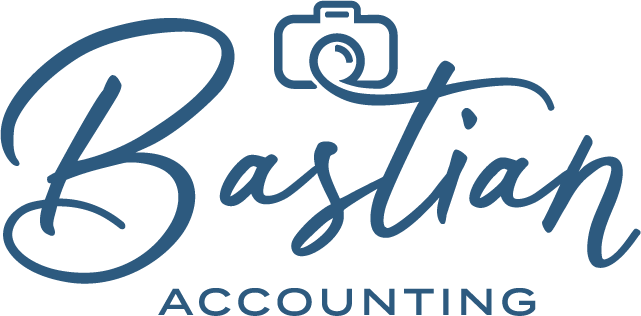How to find your Cost Of Doing Business (CODB) in for Photography Business
👉 Related Blog: What is your Cost Of Doing Business, and WHY is it important?
To find the cost of doing business for a photography business, you must consider various factors and expenses associated with running the business. Here's a step-by-step guide to help you determine the cost of doing business for a photography business:
Fixed Costs
Start with fixed costs: Identify the fixed expenses that remain relatively constant regardless of the number of clients or jobs you undertake. These may include:
Rent or mortgage for your studio space
Utilities (electricity, water, internet, etc.)
Insurance (business liability, equipment, etc.)
Software subscriptions (editing software, project management tools, etc.)
Business licenses and permits
Website hosting and domain fees
Office supplies and equipment (computers, printers, etc.)
Variable Costs
Next, Calculate variable costs: Variable costs are expenses that fluctuate based on the number of clients or jobs you have. These may include:
Cost of goods sold (COGS): If you sell physical prints or products, consider the cost of producing them, including printing, framing, packaging, and shipping.
Equipment and maintenance: Account for the cost of purchasing and maintaining your cameras, lenses, lighting equipment, and other gear.
Props and backdrops: If you use specialized props or backdrops for certain shoots, factor in their costs.
Travel expenses: If you travel for on-location shoots, include transportation, accommodation, and meal costs.
Assisting or second shooter fees: If you hire assistants or second shooters for certain projects, include their fees.
Marketing & Advertising
Consider marketing and advertising expenses: To attract clients and grow your business, you'll likely incur costs related to marketing and advertising. These can include:
Website development and maintenance
Online portfolio platforms or galleries
Social media advertising
Print materials (business cards, brochures, flyers)
Paid listings in directories
Google Ads or other online advertising
Administrative Costs
Also, be sure to account for administrative costs: Running a photography business involves administrative tasks that have associated costs. These can include:
Bookkeeping and accounting fees
Legal and professional services (consultations, contracts, copyright protection, etc.)
Taxes (income tax, sales tax, etc.)
Membership fees for professional associations
Continuing education and workshops
Postage and shipping for client deliverables
Desired Profit Margin
Determine your desired profit margin: Consider the profit you want to make from your photography business and factor it into your cost calculations. This will vary based on your goals and industry standards. Calculate how much profit you need to generate after covering all your expenses.
Track & Review
Once you have your CODB and Profit figured out, this drives your pricing. Be sure to track and review your expenses: Maintaining accurate records of your business expenses is important. Use accounting software like QuickBooks Online or spreadsheets to track your expenses on a regular basis. Review your expenses periodically to identify areas where you can reduce costs or optimize spending.
By following these steps and considering all the relevant factors, you can determine the cost of doing business for your photography business. Keep in mind that costs may vary based on location, business scale, specialization, and individual circumstances.

